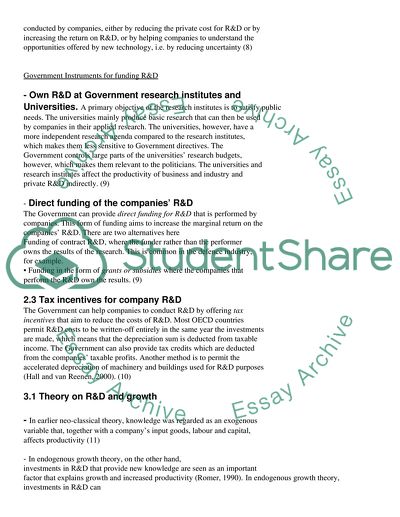Cite this document
(Commercialization of R&D in Malaysia Assignment - 1, n.d.)
Commercialization of R&D in Malaysia Assignment - 1. Retrieved from https://studentshare.org/e-commerce/1791784-commercialisation-of-research-findings-in-malaysi
Commercialization of R&D in Malaysia Assignment - 1. Retrieved from https://studentshare.org/e-commerce/1791784-commercialisation-of-research-findings-in-malaysi
(Commercialization of R&D in Malaysia Assignment - 1)
Commercialization of R&D in Malaysia Assignment - 1. https://studentshare.org/e-commerce/1791784-commercialisation-of-research-findings-in-malaysi.
Commercialization of R&D in Malaysia Assignment - 1. https://studentshare.org/e-commerce/1791784-commercialisation-of-research-findings-in-malaysi.
“Commercialization of R&D in Malaysia Assignment - 1”, n.d. https://studentshare.org/e-commerce/1791784-commercialisation-of-research-findings-in-malaysi.


